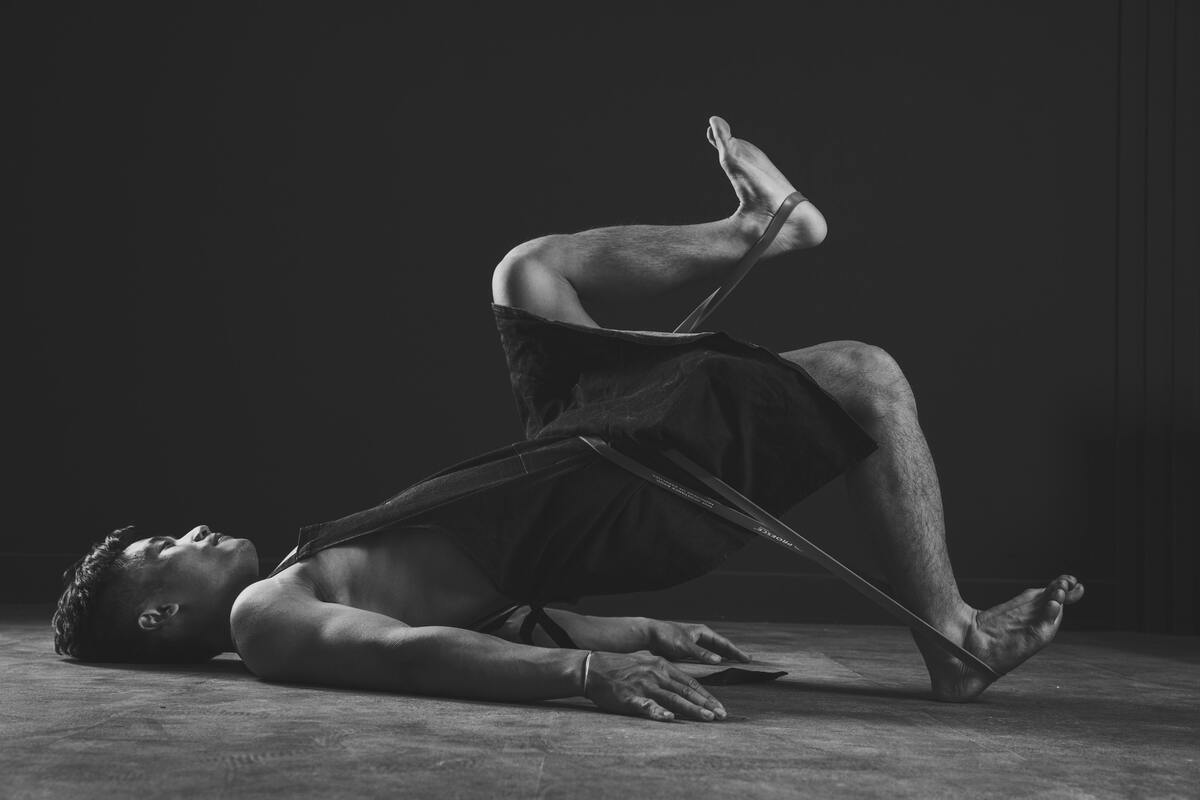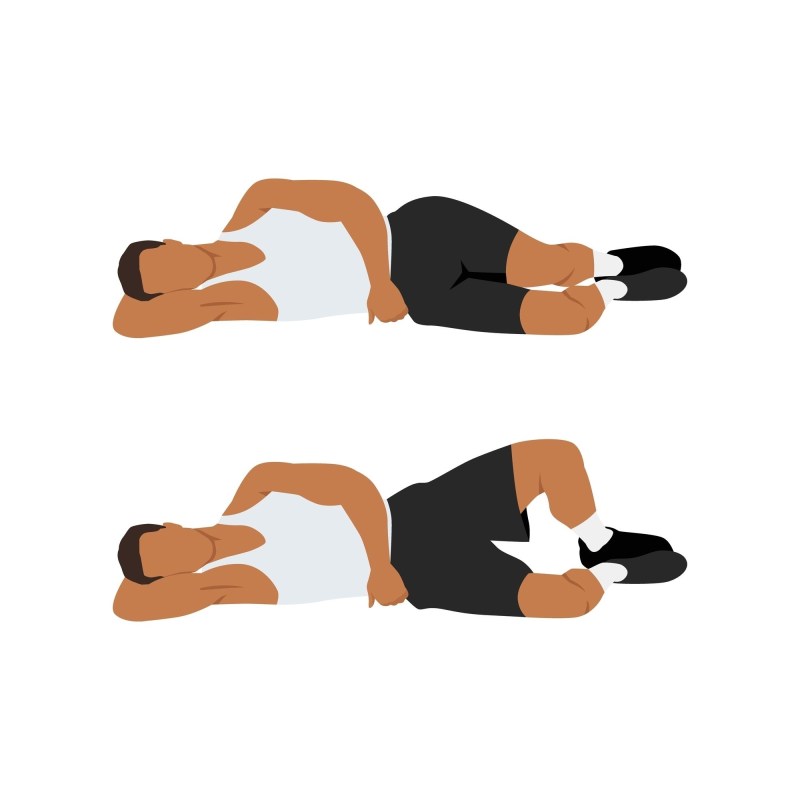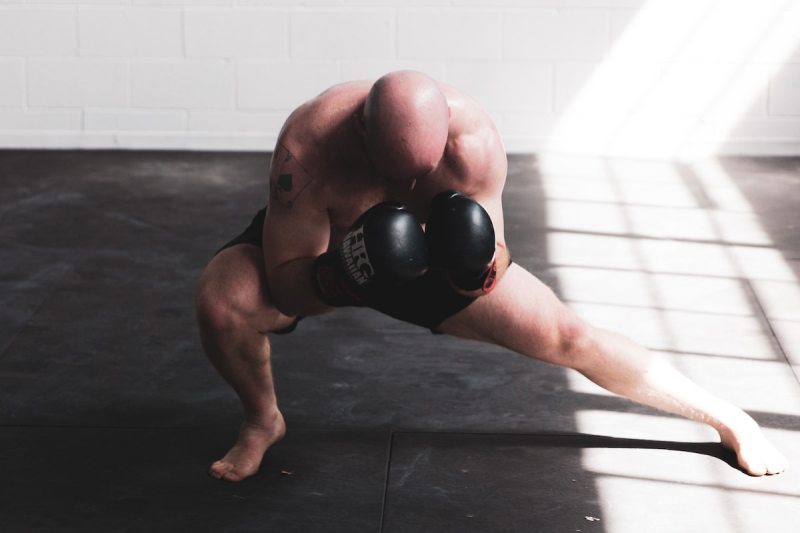
Whether you love or hate leg day, we all know it’s one workout we cannot skip as part of a weightlifting rotation. As tempting as it may be to skip leg day, working out your lower body is especially important for your overall health and wellness. From a boosted metabolism to better balance and mobility, lower body workouts offer more than just a sculpted physique.
Your glutes are made of three major muscles, which means it’s important to target your exercises to ensure you’re hitting each specific muscle adequately. Yet, the gluteus minimus is the smallest of the three gluteal muscles — and often forgotten. Maintain a well-rounded leg and glute day with these 4 gluteus minimus exercises that require minimal to no equipment at all.
About the gluteus minimus muscle
Your glutes (butt muscles) are made of three main parts: gluteus maximus, gleutus medius, and gluteus minimus. The gluteus minimus muscles are the smallest of the group, which are located underneath the gluteus medius. These muscles play a vital role in helping to stabilize and support your hip and help you to maintain good posture. But how do you know if your leg and glute exercises are actually targeted at this muscle group? Choosing exercises that involve hip abduction are the best gluteus minimus exercises to try for a well-rounded lower body routine.
4 gluteus minimus exercises

Clamshell
The clamshell exercise is simple and easy to master, whether you work in the gym or at home. All you’ll need is a comfortable exercise mat to do this exercise. Clamshells are great as gluteus medius exercises because they involve a hip abduction motion, which can be performed either with no equipment or with an exercise band. Using an exercise band around your thighs (slightly above the knee) can make this exercise slightly more challenging.
To do a clamshell:
- Lie on your side with knees stacked above each other. Legs should be at a 90-degree angle.
- Keep feet glued together on top of each other and begin lifting the knee on top toward the ceiling. Open your hips slowly by rotating your top hip.
- Maintain a slow motion throughout the rep. Slowly lower your leg back down and repeat for 10 to 12 reps.
- Switch sides to work the gluteus medius muscle on the opposite side.
Side lunge

A side lunge (also known as a lateral lunge) is a great lower-body workout to add to your routine. This exercise targets not only the gluteus minimus but also your quads and core muscles. This exercise can be done without any weight or with a dumbbell held at your shoulder to make it more difficult. To perform a side lunge:
-
- Stand straight up with your hands placed at your sides. Step your right leg out to the right and shift your weight onto the right leg with a slight bend at the knee. Your left knee should remain straight.
- Once your right knee reaches a 90-degree angle, engage your glutes and press through your right foot to return to the starting position.
- Complete for 10 to 12 reps and then switch sides to lunge on the other side.
Glute bridge
Stock-Asso / Shutterstock Glute bridges strengthen all of your gluteus muscles, including the gluteus minimus. This classic floor-based exercise can be adjusted to your fitness level and also performed in variations to keep leg-day interesting (such as a single-leg glute bridge). A glute bridge can be done with an exercise band if preferred. To perform a traditional glute bridge:
- Begin by laying down flat on the floor or mat with knees bent and feet flat on the ground.
- Squeeze your glutes and engage your core as you lift your hips slowly toward the ceiling. During the motion, keep your spine neutral and try not to arch your back.
- When you reach the top, squeeze the glutes and hold them in the top position for one to three seconds.
- Return to the original, flat position before repeating another rep. Repeat for 10 to 15 repetitions and 3-4 sets.
Fire hydrants
Lio putra / Shutterstock “Fire hydrant” exercises are great for strengthening your gluteus minimus, along with your core and hips. This floor exercise is also a safe choice for beginners as it requires a very gentle motion. To do a fire hydrant:
- Start in a tabletop position on the floor or mat, placed on your hands and knees. Keep your back straight and core tight during the movement.
- Keep your right knee bent while lifting your right leg out to the side, stopping when the knee hits about the hip region (keeping everything in line). Pause for a few seconds.
- Return to the starting position and repeat the motion for 10 to 15 reps. Switch to the other side once completed.






